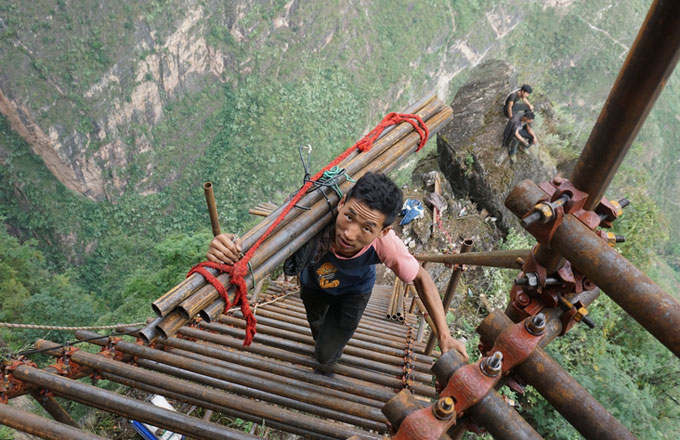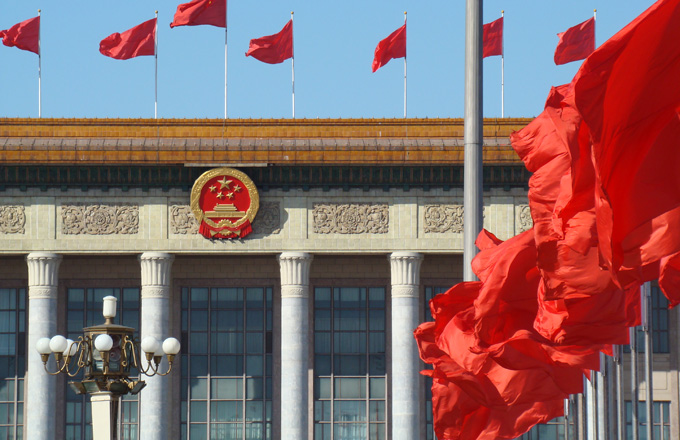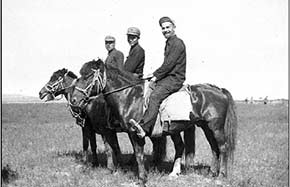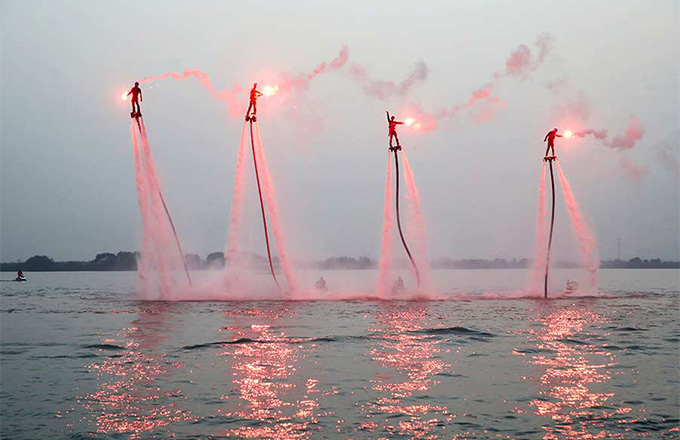How well do you know world's largest political party CPC?
 |
|
Red flags on the Tian'anmen Square and atop the Great Hall of the People in Beijing. [Photo/Xinhua] |
1. How large is it?
The Communist Party of China had 88.758 million members at the end of 2015, making it the largest political party in the world, according to figures revealed by the Organization Department of the CPC Central Committee.
When it was founded in 1921, it had only about 50 members. Since 1949 when the People's Republic of China was founded, the Party membership has increased 20 times to a level that is more than the population of Germany.
Most Party members were recruited between 1979, when China started reform and opening up, and 2012.
Now one in every 15 Chinese is a Communist Party member, making the Party highly representative.
2. Who are they?
Workers and farmers make up the highest percentage - 37.48 percent, followed by professionals and management - 24.74 percent, others are officials, students and the retired.
It incorporates all walks of life, and private entrepreneurs can also join the CPC.
In recent years, the CPC has stressed the "quality" of members while limiting the quantity. Last year, Party authorities approved 1.965 million new candidates, of whom 718,000 are students, accounting for 36.5 percent.
About 40 percent of the new candidates have a junior college degree or higher.
Of the total, 22.278 million, or 25.1 percent, are women, the department said in a communique published ahead of the 95th anniversary of the CPC's founding on July 1.
3. How to become a member?
Usually the admission procedure begins with a handwritten application. The CPC will observe the candidates for an unspecified period before giving them full membership.
After being voted into the Party, the applicant shall finish a solemn step: bend his or her arm into the party salute, face the party flag, and take the party oath.
4. How to manage it?
CPC members are divided into over 4.4 million Party branches. Each branch has 20 members in average. President Xi Jinping is in one of them.
According to the CPC Constitution, an organization of more than three members should establish a CPC branch.
Almost all urban neighborhoods, communities and towns have established Party branches.
Nearly 91 percent of public enterprises have resident Party branches, which supervise operation and participate in decision-making. Party branches are also in place in half of all private enterprises and 41 percent of social organizations.
Local-level Party branches are the foundation of the CPC's governance and are at the forefront of connecting with and serving the masses.
5. Are they privileged?
No. On the contrary, as regulated in the CPC Constitution, the Party branch should provide education to a CPC member who violates the Party rules or fails to fulfill related obligations.
If a timely correction is not seen, the member may be persuaded to quit the Party membership, and even expelled.
A monthly reporting system was established by the Central Commission for Discipline Inspection of the CPC in August 2013, to monitor the implementation of "eight-point rules" nationwide, which was introduced in December 2012 by the CPC to reduce bureaucracy, extravagance, and undesirable work habits.
Since December 2012, more than 170,000 CPC members have been disciplined because of violation of the "eight-point rules."
This year, high on the sixth plenum agenda is the revision to an intra-Party supervision regulation. Efforts should be made to enhance the Party's capability to purify, improve and renovate itself, to resist corruption and risk, and prevent itself from degeneration, according to a statement by the Political Bureau of the CPC Central Committee.





















